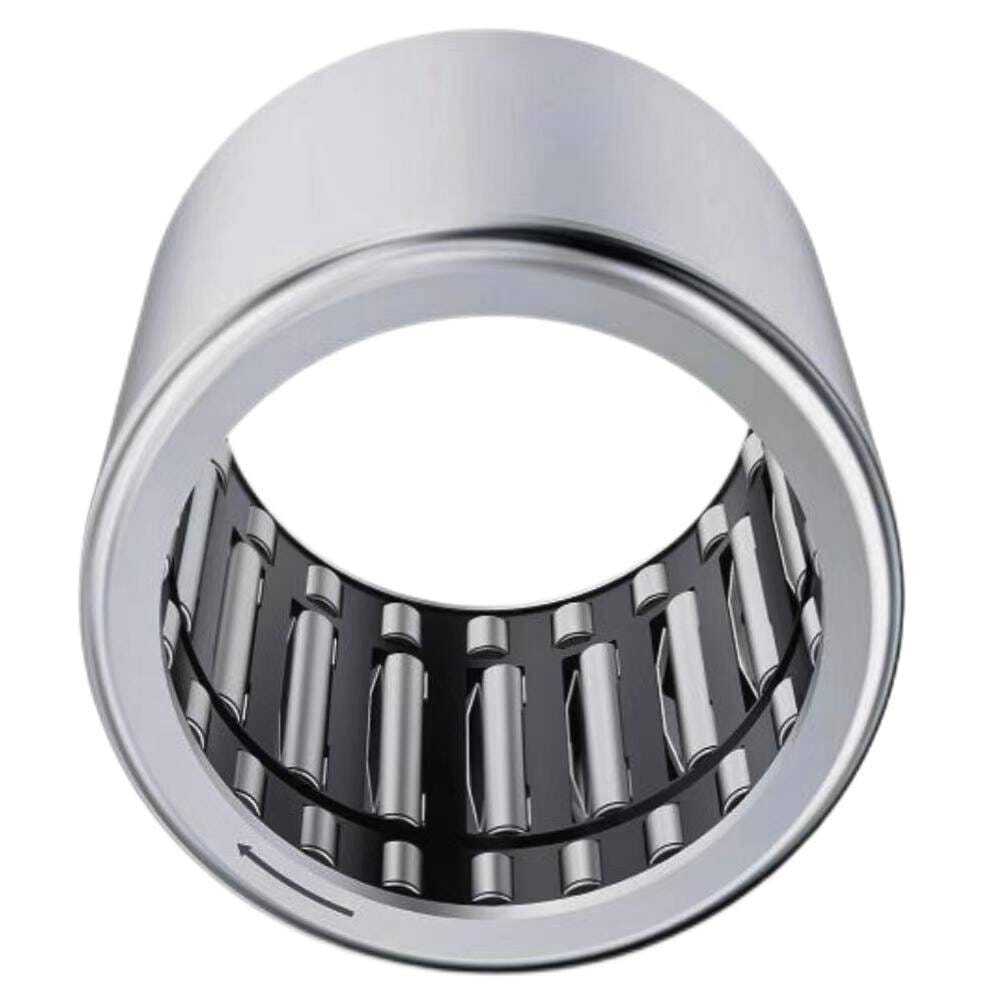What Are Needle Bearings Used For?
Needle bearings are a unique type of rolling-element bearing. They use long, thin cylindrical rollers, offering a high length-to-diameter ratio. ...

Needle bearings have long, thin cylindrical rollers that allow them to fit into tight spaces. Their main job is to support high radial loads. They reduce friction, making them ideal for applications with limited space. These bearings have a high load carrying capacity, making them perfect for cars, machines, and aircraft.
Needle bearings are designed for precise alignment, ensuring smooth operation. Some types can handle slight misalignment. This makes them useful in situations where perfect alignment isn't always possible.
Even slight angular offsets can cause uneven load distribution. This leads to increased friction and higher operating temperatures. As a result, performance is reduced, and the bearing's lifespan may be shortened.
Persistent misalignment causes accelerated wear on the bearing surfaces. This leads to increased noise and reduces the bearing's service life. Over time, it can also result in potential bearing failure, affecting the overall performance of the equipment.
When choosing a bearing, consider if it's a standard needle bearing or a self-aligning one. Self-aligning bearings are better equipped to handle misalignment. Standard needle bearings need precise alignment to work properly.
Check the load conditions, operating speeds, and environmental factors. High loads or high speeds can make misalignment worse. Contamination and temperature changes can also cause misalignment, leading to more wear and possible failure.
Check the rigidity of the shaft and housing to prevent unwanted shifts. Ensure good surface quality and correct dimensional tolerances. This helps minimize angular shifts and keeps the bearing performance stable.
Standard needle bearings are designed for applications where alignment is precise. They have a low tolerance for misalignment, and even slight angular shifts can lead to uneven load distribution. This can cause increased friction, wear, and reduced bearing life. Therefore, ensuring proper alignment is crucial for their effective operation.
Following the manufacturer's guidelines for seating and mounting is important. It aids in maintaining proper bearing alignment, thereby reducing wear and extending its lifespan. Proper installation ensures the bearing works well and prevents problems.
Self-aligning needle roller bearings have spherical outer rings or support rings. These features allow the bearings to adjust for minor angular deviations. This helps maintain smooth operation, even with slight misalignment.
These specialized bearings help distribute the load evenly, even with slight misalignment. They reduce stress and improve needle bearing performance. This leads to smoother operation and longer bearing life.
If your application has shaft deflections, thermal expansion, or mounting errors, it can cause misalignment. Self-aligning bearings can address this issue effectively. They adjust for slight misalignments, improving stability and performance, and preventing early wear. This makes them a good choice in such cases.
Ensure that the load, speed, and lubrication conditions are appropriate for self-aligning bearings. These bearings can handle slight misalignment, but they work best under the right operational conditions. Proper lubrication and the correct load and speed will help them last longer and perform reliably.
Use precision alignment tools, like laser systems, to get the correct position. This reduces misalignment before starting. Proper alignment helps the bearings work better, last longer, and reduces wear. It also improves overall performance.
Follow the manufacturer's instructions for press fits, tolerances, and assembly steps. This ensures the bearings are installed correctly. Proper seating helps the bearings work smoothly and prevents misalignment, wear, and early failure.
Select the appropriate lubricants based on the bearing's load and speed requirements. Good lubricants reduce friction and wear, helping the bearing last longer. They also improve performance, keeping the bearing running smoothly.
Do regular maintenance checks, like checking vibrations and temperature. These checks help find early signs of misalignment or wear. Fixing problems early keeps the equipment running smoothly and prevents bigger issues.
Standard needle bearings are highly sensitive to misalignment and perform best when properly aligned. Even slight misalignment can cause uneven load distribution, leading to increased friction and wear.
This can result in higher operating temperatures and shorter bearing life. To achieve peak performance, it is crucial to install these bearings with the highest level of accuracy. Additionally, maintaining proper alignment throughout their use is essential.
Self-aligning needle roller bearings are a practical solution for slight angular deviations. They can adjust to minor misalignments. This improves the bearing's longevity and stability.
These bearings perform reliably in applications where perfect alignment isn’t always possible. They reduce wear and keep things running smoothly over time.
Proper installation, regular maintenance, and careful bearing selection are key to improving misalignment tolerance. These steps help ensure peak bearing performance. By following these practices, you can extend the bearing's lifespan and reduce the risk of wear or failure.
Needle bearings work best with minimal angular offsets for optimal performance. However, self-aligning needle bearings and proper installation techniques can tolerate slight misalignments. These options help maintain smooth operation and reduce wear, even when alignment isn’t perfect.
Always check the manufacturer's recommendations, like those from LILY Bearing, to pick the right bearing. This ensures better performance and longer life.
Regular inspections, good lubrication, and accurate mounting are key. These measures contribute to ensuring smooth operation and extending the lifespan of the equipment.

Needle bearings are a unique type of rolling-element bearing. They use long, thin cylindrical rollers, offering a high length-to-diameter ratio. ...

Needle roller bearings are great for saving space while supporting heavy loads. Their small, cylindrical rollers reduce friction, making them perfect...

Needle bearings are small, thin rollers that help parts move smoothly with less friction. They can handle heavy loads while occupying less space,...